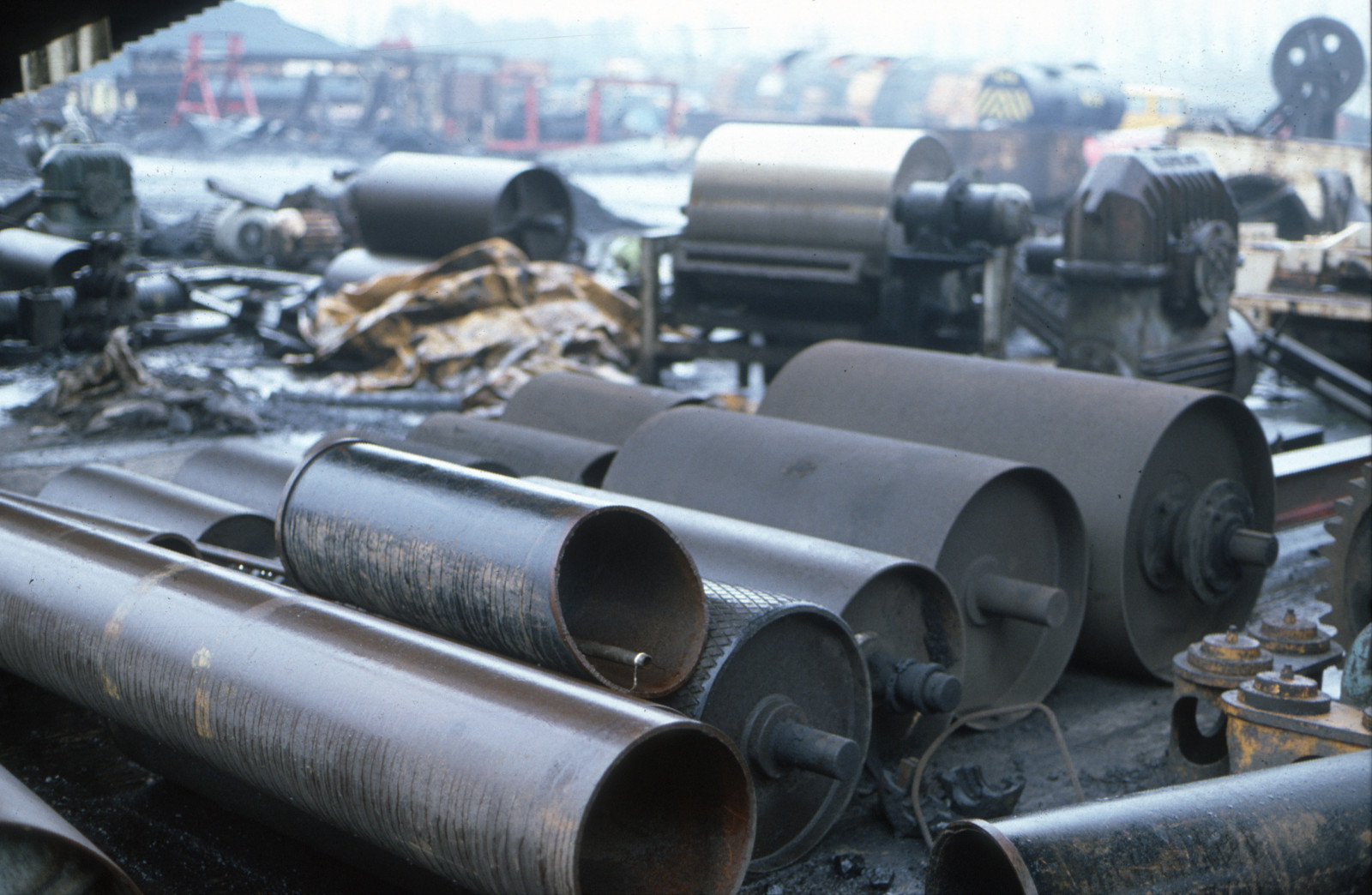Increasing poverty and low morale led more and more men to reluctantly cross the picket line in the first months of 1985. Slowly, the strike started to collapse.
On the 3rd March 1985 Scargill and McGahey called off the strike. The miners returned to work marching behind colliery brass bands in a display of defiance.
In reality, neither the NUM nor the Government could see this dispute as a success.

In the immediate aftermath of the strike, efforts were focused on reinstating sacked miners and raising funds for families facing hardship.







The strike was a turning point in Scottish industrial history. Before the strike, the unions had real muscle; after it their power was broken.
At the beginning of 1984, Scotland had a dozen pits and more than 14,000 miners. In the years which followed, mining went into steep decline and much of the rest of heavy industry with it.

For the first few years after the strike, most pits resumed production and continued to operate. Shortly thereafter, however, the NCB started to wind down and close "unviable" coal mines. The miners, having returned to work without a deal three years previously, had little bargaining power.


All coalworking at Bilston Glen Colliery ceased after the strike, and the pit finally closed in 1989.
At its height, Bilston Glen produced 1,000,000 tonnes of coal per year and employed 2,300 men. Today the site is an industrial park serving the nearby town of Loanhead in Midlothian.

Monktonhall was mothballed in 1987, but reopened in 1992 when 130 former miners paid £10,000 each and ran the pit as a co-operative organisation. Financial losses mounted, and Monktonhall closed for good in 1997; its iconic tower was demolished in 1998.



Other pits closed after the strike include Polmaise and Polkemmet.
Heavy industry in Scotland collapsed similarly; The release of black balloons at the gates of the Ravenscraig steel plant near Motherwell on 25 June 1992 marked the closure of the plant after only 35 years in existence. The balloon gesture organised by Motherwell District Council, aimed to draw attention to the loss of 4,400 jobs at Ravenscraig and the Clydesdale Tube Works in Bellshill within a two year period.
Redundancy notices were issued to 1,200 employees. It was feared that an estimated 12,000 indirect jobs would also be lost in the Lanarkshire area. Casualties were expected to include site contractors' men; service and supply personnel; hauliers and shopkeepers. Cessation of the transfer of ore and coking coal between Hunterston and Ravenscraig was expected to affect the jobs of 200 ScotRail staff.
Demolition of the landmark 80 metre blue tower of Ravenscraig took place on 28 July 1996. Little trace now remains of the steel plant which gave Motherwell a dominant position in Scottish industry.
The areas that housed the pits and the mineworkers have, in many cases, faced finacial difficulties. The jobs lost after pit closures have been replaced by transient, low-paid work. Communities still struggle to heal the divisions of 32 years ago.
Today only a handful of open-cast mines remain in Scotland, employing a few hundred people. Britain's industrial landscape has changed out of all recognition. Most of today's jobs are in light industry, services, finance and tourism.
As Scotland faces the future, we can learn from the past.



These pages was created and edited by Andrew James at Scran, using materials from the Historic Environment Scotland archives Scran and Canmore. The Scran materials include photographs and documents from the following archives: The Scotsman Publications Ltd., the Scottish Mining Museum, North Lanarkshire Trust, City of Edinburgh Council, National Museums Scotland, James Hogg, David Hamilton, Scottish Life Archive, RCAHMS, Midlothian Council, Scottish Media Group, Jean Hamilton, Kay McNamara, Robert Amos .
Thanks to Lewis Matheson, Anna Mayhew, Niamh Crimmins, Rhona Gilmour and particularly the Historic Environment Scotland Web Development Team for building this Discovery platform.
Miners barbed wire image © The Scotsman Publications Ltd. Victimised families poster © Mr James Hogg. Reinstate poster, miners' smoker poster, bumper sticker, Christmas cards © Mr James Hogg. Grand prize draw leaflet, One Year banner, Victimised 103 banner, Bilston Glen banner © Scottish Mining Museum. Edinburgh trades council banner © The City of Edinburgh Council. Miners returning © The Scotsman Publications Ltd. Monktonhall leaflet © Scottish Life Archive. Monktonhall tower image © Midlothian Council, Local Studies. Monktonhall demolition © Scottish Mining Museum. Ravenscraig closure © North Lanarkshire Council. Ravenscraig video © Scottish Media Group. Badges © Mr James Hogg (excepting Lothians badge, Mr David Hamilton). Licensor www.scran.ac.uk

